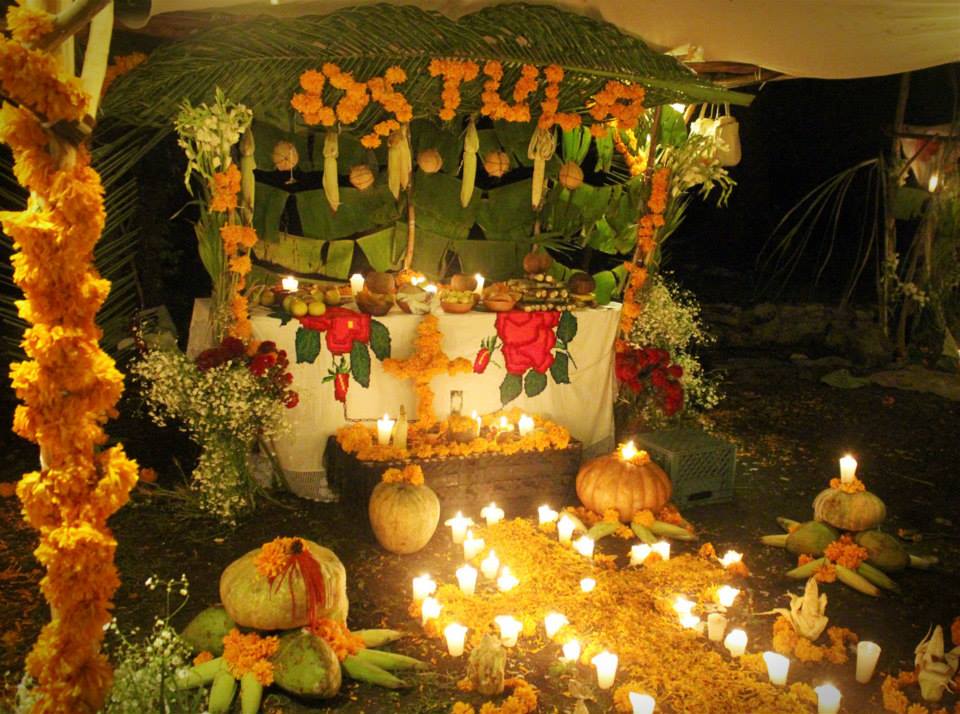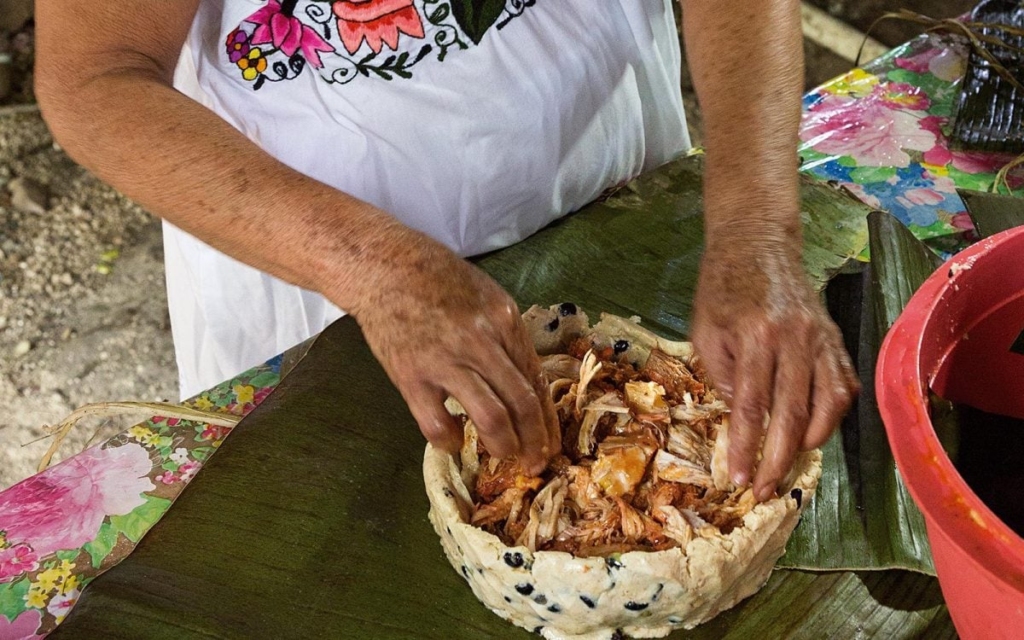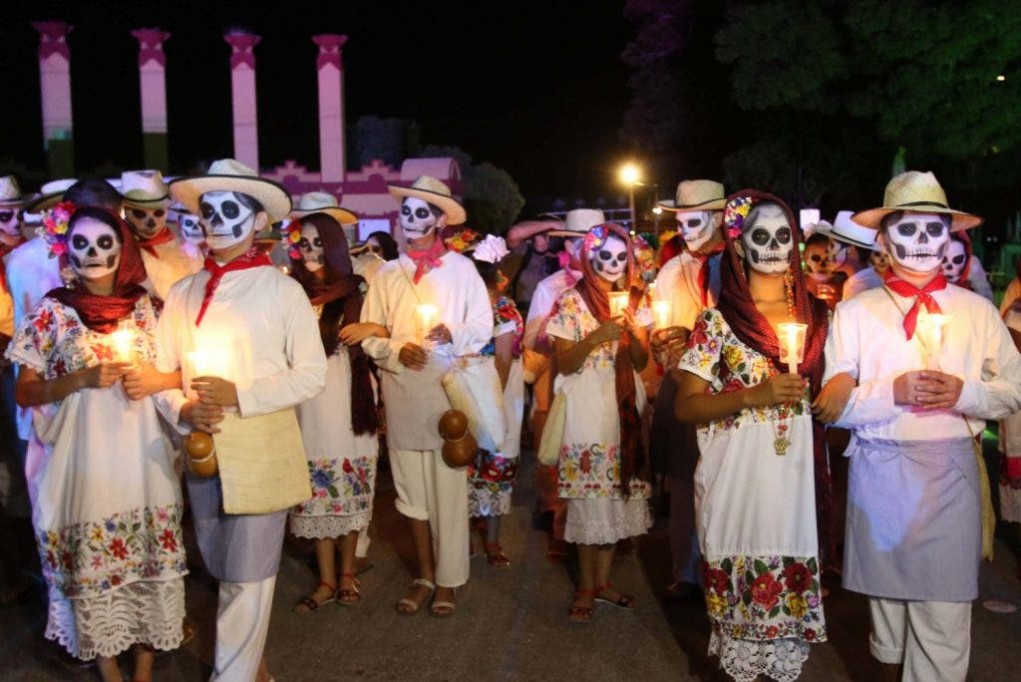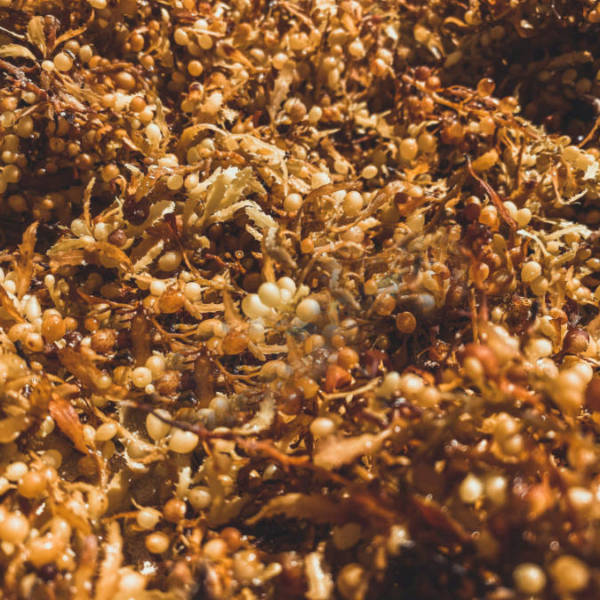
Día de Muertos in the Mexican Southeast: A Celebration of Life, Death, and Cultural Syncretism
In the Mexican Southeast, particularly in the states of Yucatán and Quintana Roo, the Día de Muertos (Day of the Dead) is not just a tradition—it’s a vibrant, deeply-rooted cultural celebration that beautifully blends Mayan influences with Catholic syncretism. This unique fusion of beliefs and practices results in a colorful, heartfelt observance that honors the departed while celebrating life.
Día de Muertos vs. Halloween: Understanding the Differences
While Halloween and Día de Muertos both occur around the same time of year and involve themes of death, they are distinct in their origins and meanings. Halloween, with roots in Celtic traditions, is largely focused on warding off spirits and has become a night of costumes, trick-or-treating, and spooky fun. In contrast, Día de Muertos is a deeply spiritual event rooted in indigenous Mexican culture, where death is not feared but rather embraced as a natural part of life. The holiday is less about fear and more about love and remembrance. It holds an emphasis on celebrating the lives of those who have passed on.
Mayan Influences on Día de Muertos
In the Yucatán Peninsula, the Day of the Dead intertwines closely with ancient Mayan customs. The Mayans held a deep reverence for death. Moreover, they see it as a continuation of life in another realm. Their rituals involved offerings to the dead, believing that the spirits of ancestors could return to the world of the living during specific times of the year.

This tradition has evolved into what is known as “Hanal Pixán”. This means “Food for the Souls.” During Hanal Pixán, families prepare altars in their homes and cemeteries. First, the relatives decorate them with food, drinks, and personal belongings that the deceased loved in life. The altars are typically decorated with marigold flowers, candles, and incense. All of this contribute to guide the spirits back home. The Mayan influence is evident in the traditional foods prepared. For example, you can taste the “mucbil pollo”. This is a large tamal made of corn dough filled with meats and wrapped in banana leaves. Then it is baked underground—a method passed down from Mayan ancestors.
Catholic Syncretism and Día de Muertos
The arrival of Spanish colonizers in the 16th century introduced Catholicism to the indigenous peoples of Mexico, including the Mayans. Rather than erasing the indigenous customs, Catholicism merged with existing beliefs, leading to a syncretic practice that combines both Mayan and Catholic elements. This blend is particularly visible in the way Día de Muertos is celebrated.
For instance, the Catholic observance of All Saints’ Day (November 1) and All Souls’ Day (November 2) aligns with the indigenous belief in the return of the dead. On these days, it’s believed that the souls of deceased children (known as “angelitos”) return on November 1. The souls of adults return on November 2. Churches in the region hold special masses to honor the dead. In addition, families often visit cemeteries to clean and decorate the graves, combining prayers with offerings.

Events and Celebrations in Yucatán and Quintana Roo
During Día de Muertos, the towns and cities across Yucatán and Quintana Roo come alive with events and festivities that invite both locals and tourists to participate.
In Mérida (the capital of Yucatán) the “Paseo de las Ánimas” (Parade of Souls) is one of the most anticipated events. Thousands of people dress in traditional costumes, their faces painted as skulls, and parade through the streets. The latter are lined with altars, live music, and food stalls. In Quintana Roo, particularly in Cancun and Playa del Carmen, similar processions and cultural events are held. They feature dance performances, exhibitions, and altar competitions that showcase the region’s rich heritage. For example, Xcaret Park offers the Festival de Tradiciones de Vida y Muerte each year.
In smaller towns and villages, more intimate celebrations occur. This is when communities gather to honor their ancestors in ways that have been passed down for generations.
Día de Muertos in the Mexican Southeast is a powerful testament to the region’s rich cultural history and the resilience of its traditions. The unique blend of Mayan influences and Catholic syncretism creates a celebration that is both a solemn tribute to the dead and a joyous affirmation of life. For visitors to Yucatán and Quintana Roo, participating in these festivities offers a profound insight into the heart and soul of this vibrant region. Come and visit where the past and present intertwine in a dance of memory and honor.

